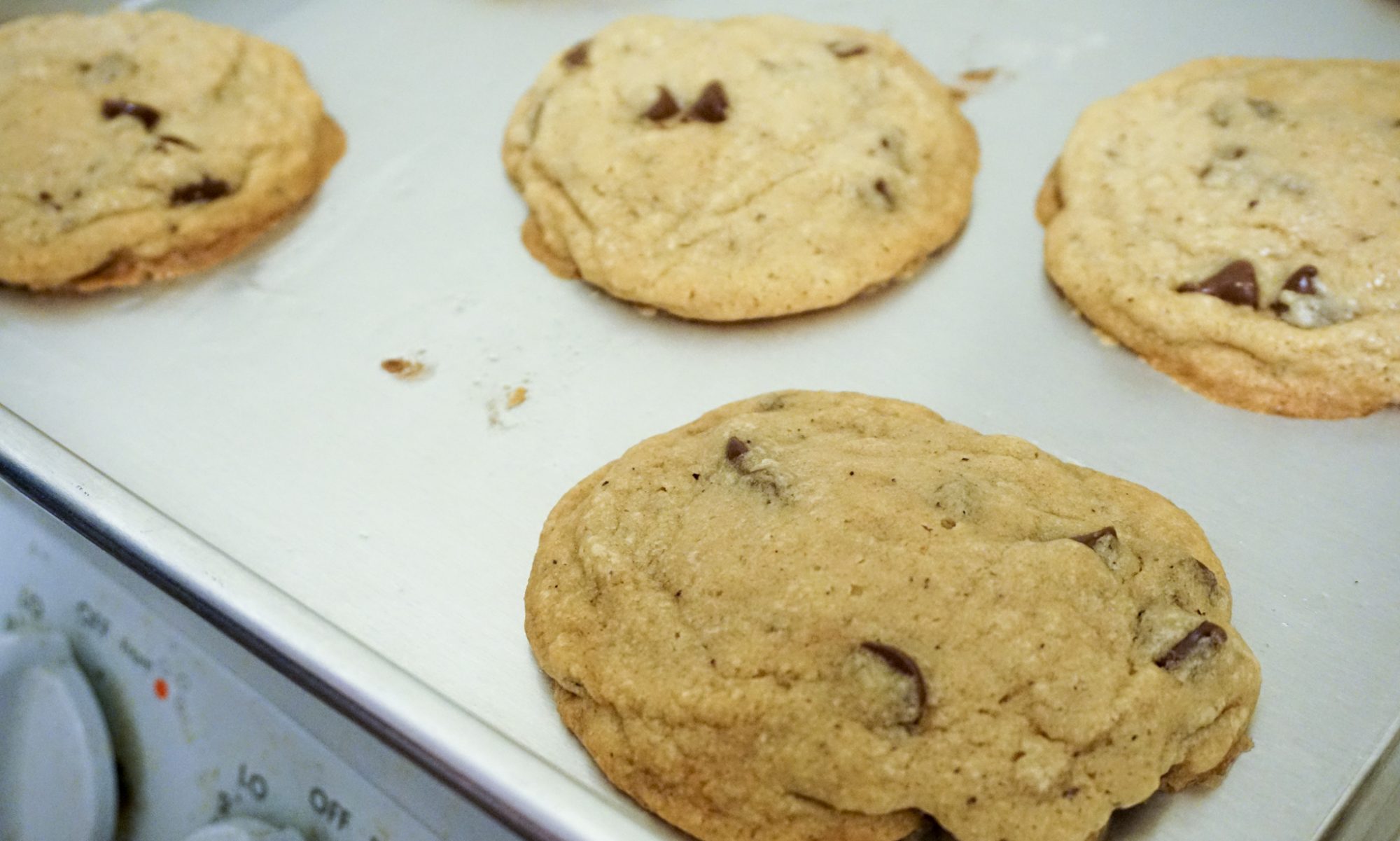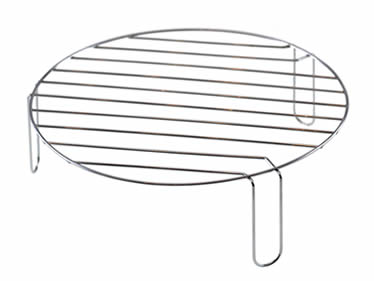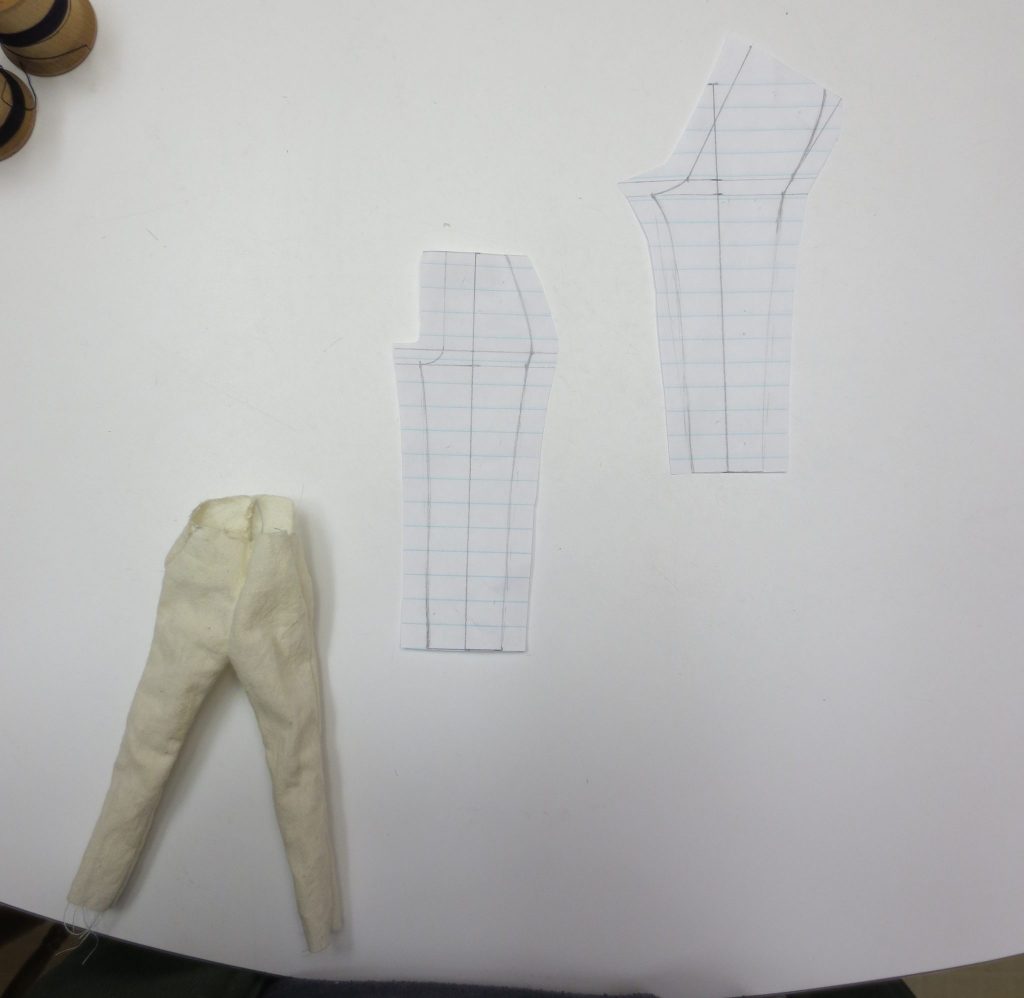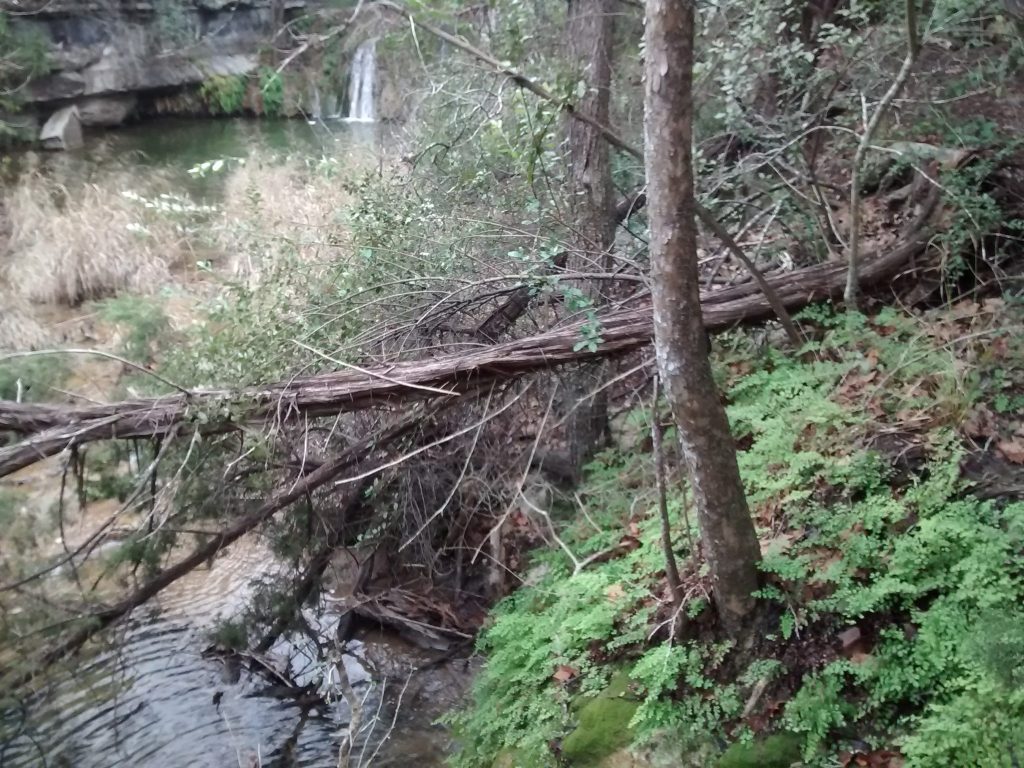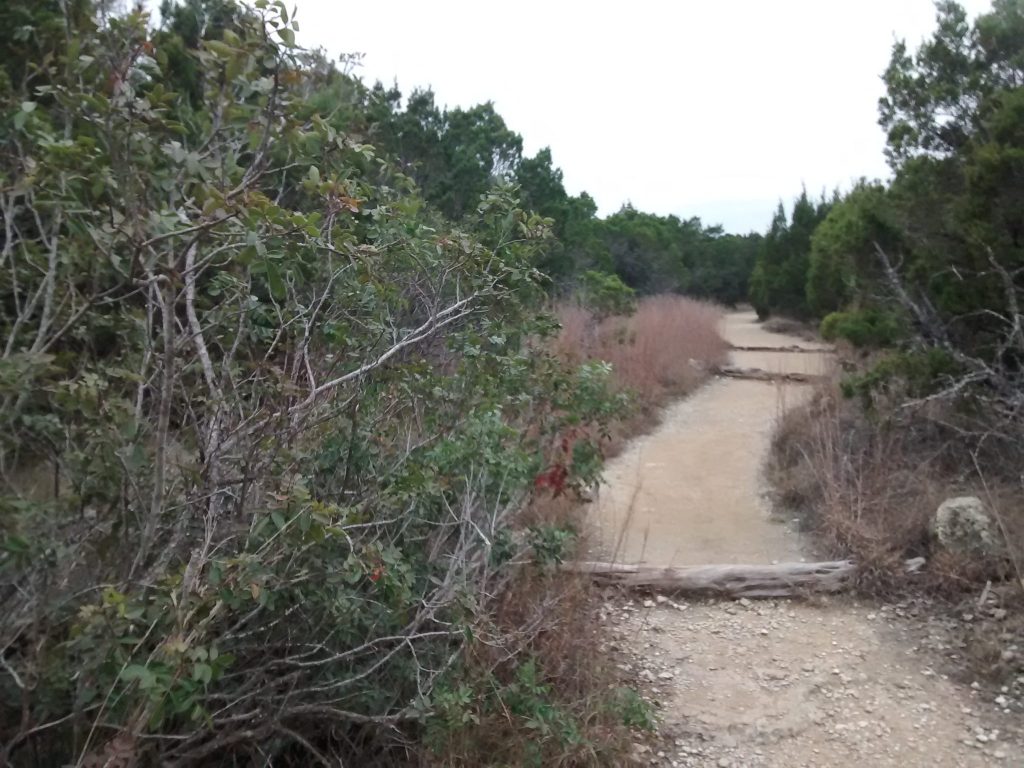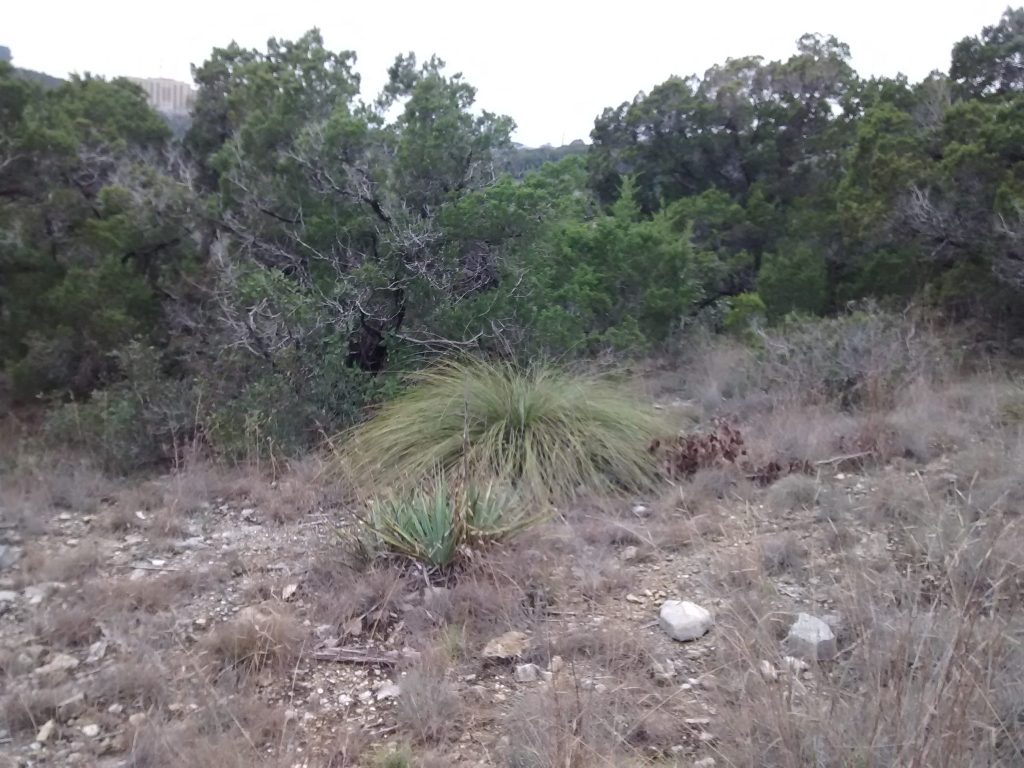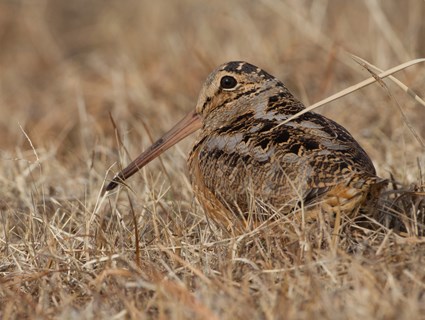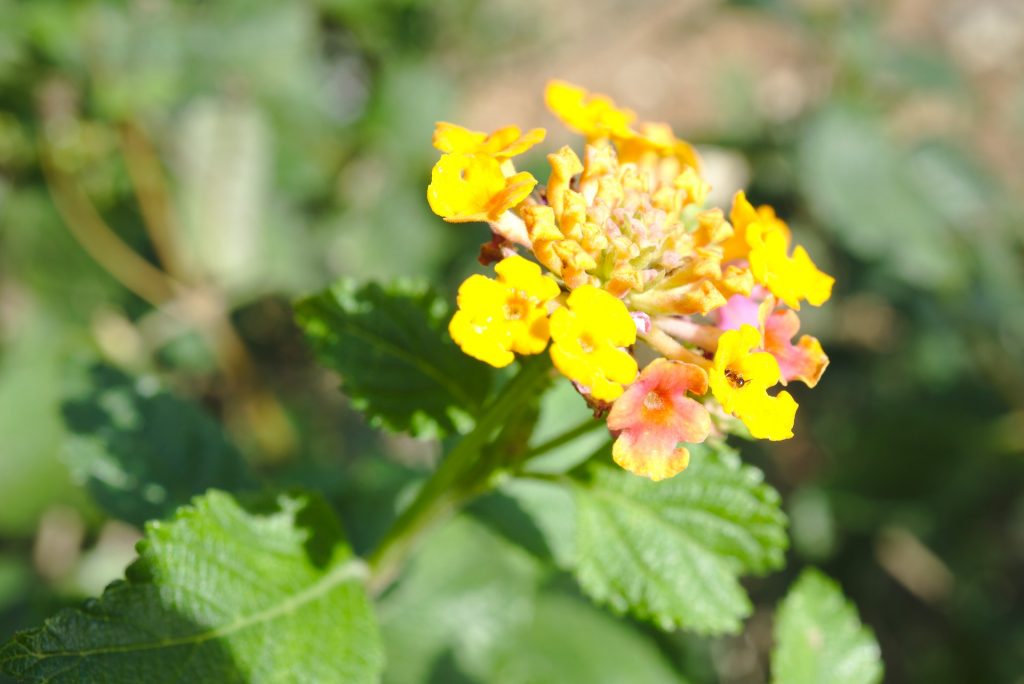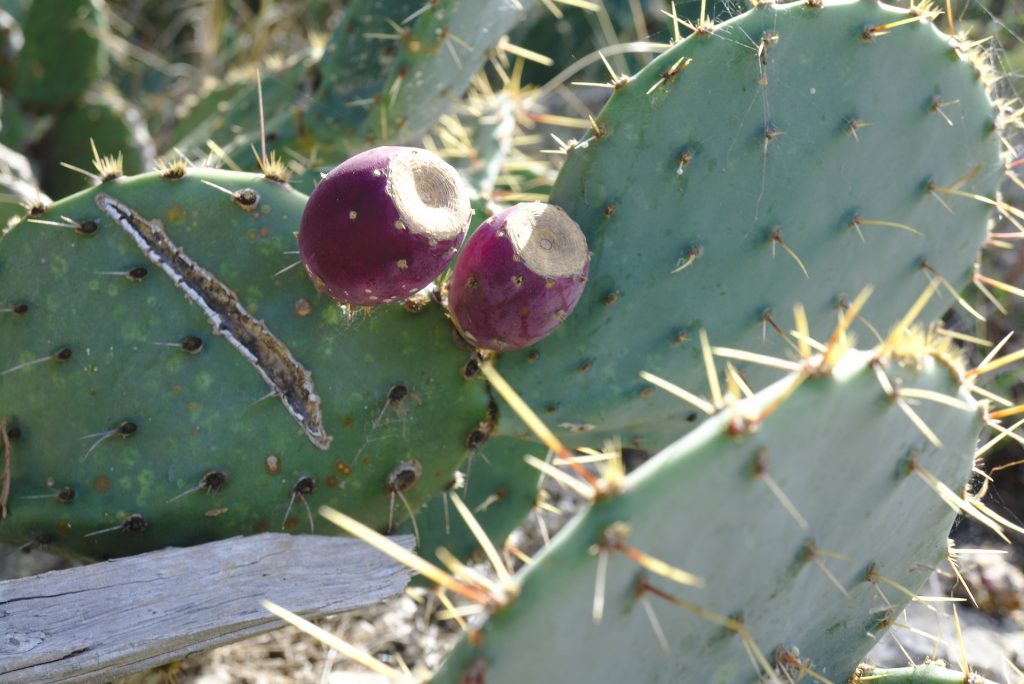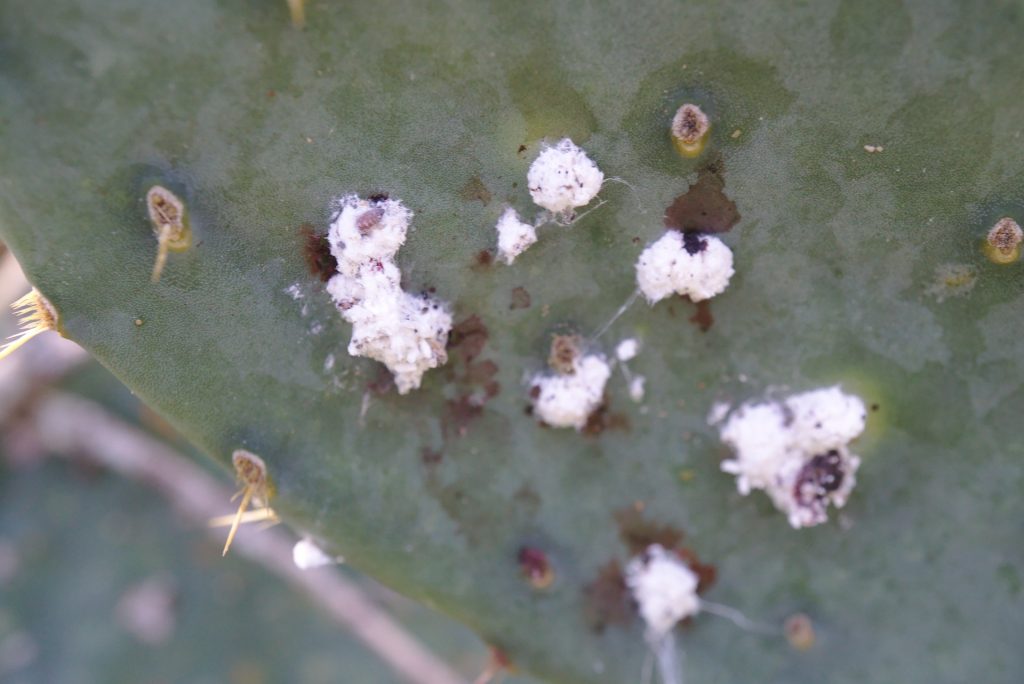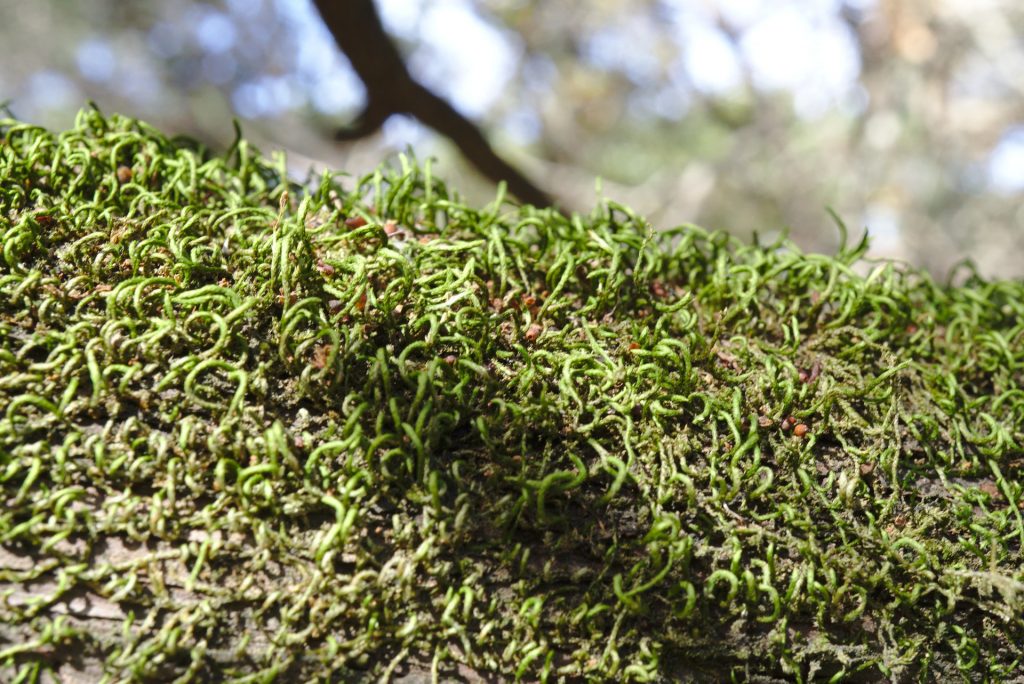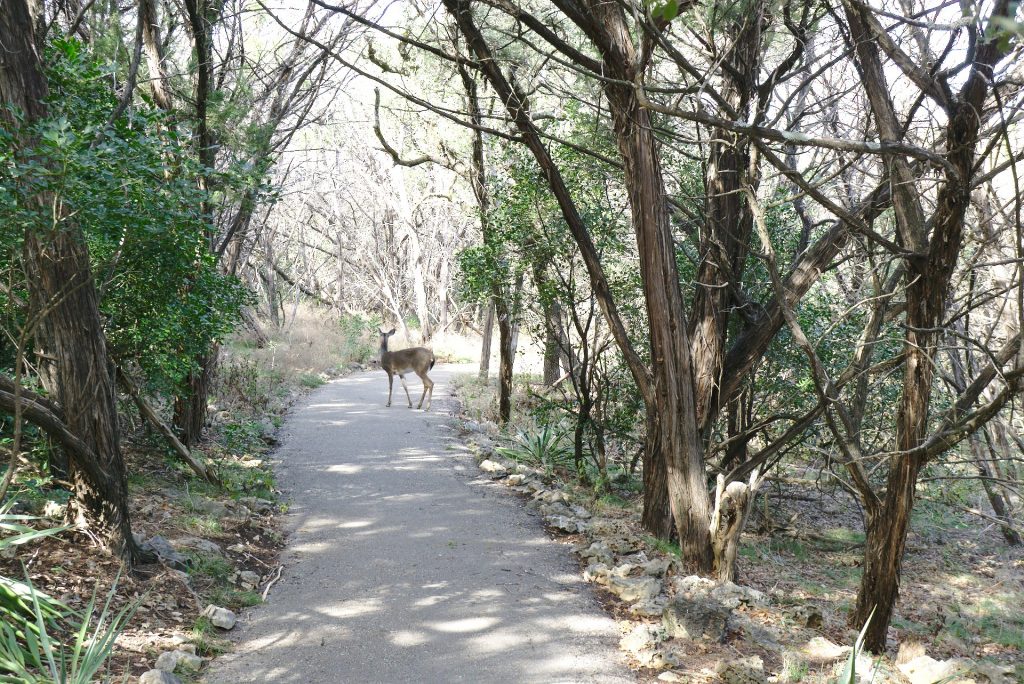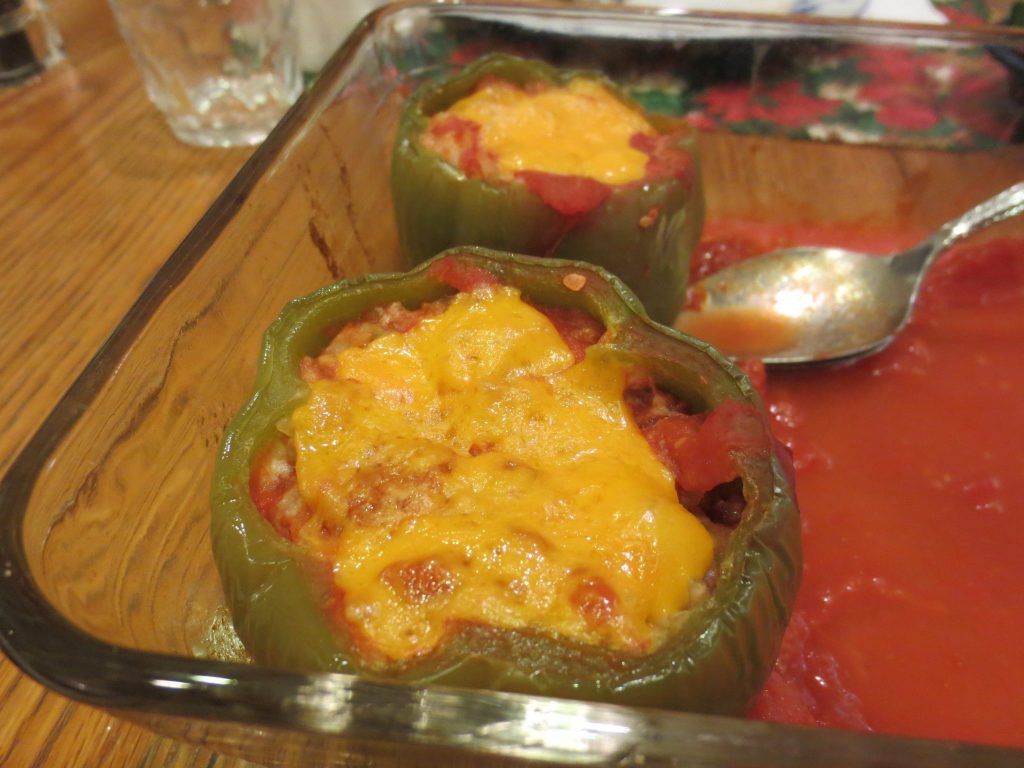
Stuffed bell pepper recipe
1 can whole tomatoes (15 oz)
2 Tbs dark brown sugar
1/2 tsp citric acid or 2 tsp lemon juice
Mix together to form tomato mixture.
4 bell peppers (my mom prefers green. Red, orange, or yellow ones might require less baking time.)
Cut off top of pepper, enough that you will be able to fit them into a covered baking dish. Remove pith (white stuff) and seeds. Microwave in a covered container with some water (start with 5 min for all 4 peppers), boil (3 min), or steam (10 min) until somewhat cooked – the peppers should not be floppy and should not have burnt edges. They need to be stiff enough to be able to stand up and be stuffed.
Make stuffing (see below for meat and veggie versions).
Cheese (my mom uses Colby or other cheddar)
Put the peppers in the baking dish. Fill the peppers, using all of the stuffing. Put a small amount of the tomato mixture on top of the stuffing. Put sliced cheese on top. Cover the baking dish. Bake for 75 min (1 hr 15 min) at 350°F. The tomato sauce should be brown around the edges. If it isn’t, bake longer covered. Then bake uncovered for 15 min to brown the cheese and slightly thicken the tomato sauce.
Meat stuffing (for 4 peppers)
1/2 onion (about the same amount as you have of the pepper tops)
1/2 lb ground meat (my mom uses beef, pork, or Italian sausage)
1 egg, beaten
1/2 tsp salt if using Italian sausage, 3/4 tsp salt otherwise
black pepper
rounded 1/4 cup uncooked rice (my mom uses jasmine)
2 Tbs cream or milk
1/4 cup bread crumbs (my mom uses homemade; optional)
1 tomato, chopped (optional)
Dice the pepper tops. Dice onion. Cook together in oil until softened. Mix with all other ingredients.
Veggie stuffing (for 4 peppers)
2 eggs, beaten
1/2 onion
1/2 cup uncooked rice
2 Tbs currants or chopped raisins
4 Tbs chopped almonds
1/2 cup bread crumbs
4 Tbs cream or milk
3/4 tsp salt
black pepper
1 tomato, chopped (optional)
Dice the pepper tops. Dice onion. Cook together in oil until softened. Mix with all other ingredients.
Modifications:
Add thyme or marjoram.
Add other veggies, such as diced mushroom or zucchini (cook either along with the onion and pepper tops), cooked beans, or corn.
Add crumbled tofu, ricotta, or sour cream to the veggie stuffing.
Use other grains, such as millet, quinoa, or farro. These all cook in about the same amount of time as white rice, so the baking time shouldn’t need to be adjusted.
Use brown rice. My mom doesn’t think that you’d have to increase the baking time, but I’m doubtful. Check if the rice is done after 75 minutes. It not, bake covered for an additional 20 min.
